Globalisation sows biological invasion seeds
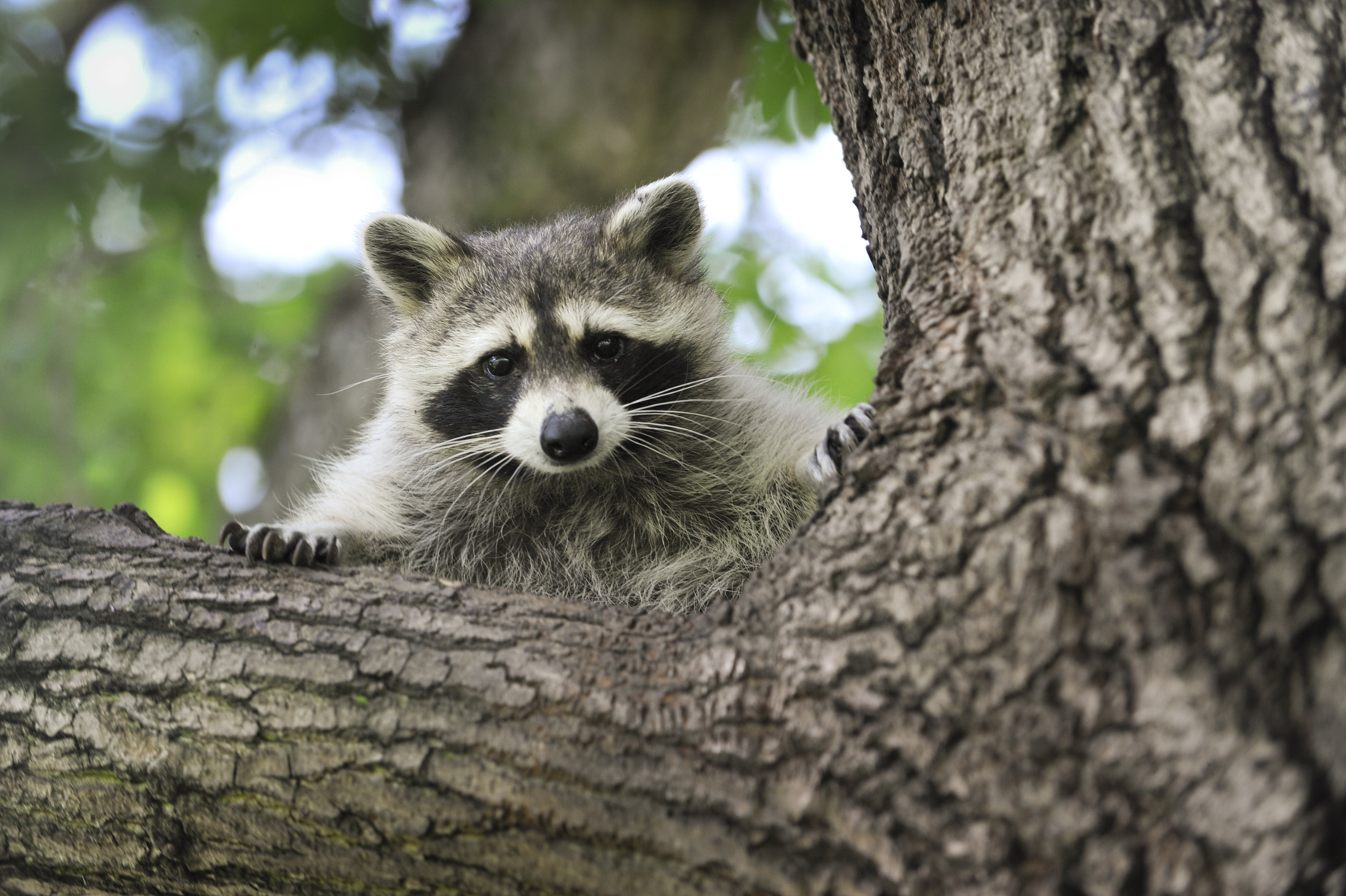
Globalisation carries a hidden price tag that may not appear until decades after a trip was made or goods were exchanged.
It comes in the form of invasive species – non-native plants, insects and animals – that wreak havoc on the local flora and fauna while forcing the host country to fork out eradication funds.
Results of a European study show that socio-economic factors have a direct influence on the number of biological invaders in a given country.
“The richer a country is, the more it can participate in globalisation, so rich countries have a lot of alien species,” explained Wolfgang Nentwig, a professor at Bern University’s Institute for Ecology and Evolution.
He was one of the 16 researchers involved in the study, which appeared this week in the US journal “Proceedings of the National Academy of Sciences” under the title “Socioeconomic legacy yields an invasion debt”.
“We analysed the wealth of countries decades ago, and our study showed that now we have to pay for what happened 50-100 years ago,” Nentwig told swissinfo.ch.
International travel and importing goods from abroad are two ways that humans bring home non-native invasive species – intentionally or not.
What this costs initially is just a fraction of what it can cost future generations – both from economic and ecological standpoints.
He’s cute, but …
The North American raccoon is a good example of an invader that got into Europe via human hands. In the 1930s and 40s, fur farms in France, Belgium and Germany imported the colourful critter, which was also released for hunting purposes.
“At the time, people thought it would be an enrichment for our natural diversity,” Nentwig noted, adding that US soldiers even brought them over as pets during the Second World War.
After the war, many of the fur farms went bust or were destroyed, sending large numbers of raccoons into the wild. Their European populations are still expanding; they live mainly in forests but also in urban areas.
This is a problem because raccoons can carry parasites and rabies, possibly spreading them to humans.
But that’s not all. “They prey upon all kinds of amphibians and ground-dwelling birds, so they put an additional pressure on the population dynamics of those species,” Nentwig said.
Another troublemaker is the Colorado potato beetle, which first arrived in France a century ago as a stowaway along with shipments of spuds. It has since conquered the rest of Europe and is on its way to China.
Prevention needed
Across Switzerland there are a number of awareness campaigns on the issue of biological invasions.
“Invasive, non-native animal and plant species are a problem everywhere, and their sneaky development reduces perception of the problem,” said Flavio Turolla, chairman of canton Bern’s pest control department, which is part of the cantonal environmental office.
“What we know for sure is that the fight gets more expensive the longer you wait,” he told swissinfo.ch.
While there are no hard figures available, one can imagine the expense of staffing campaign efforts and creating educational materials.
Canton Zurich has also invested a lot of time and money in preparing information sheets alerting residents to problem plants while offering tips on how to prevent their propagation.
Meanwhile, a pilot project involving several cantons is zeroing in on Japanese knotweed, which originally entered Switzerland as an ornamental shrub.
Financed by the Federal Environment Office in combination with canton Zurich, the project will show which methods best eradicate the plant – at what expense and with which side-effects. The project runs until the end of 2012.
Other places
Though Europe was the focus of this study, biological invaders are also a fact of life on other continents. In fact, many countries have been quicker to notice and address the issue than their European counterparts.
“A lot of European species have been transported to the rest of the world. For example, the ‘Canadian’ thistle is actually our common field thistle. It costs huge amounts of money because it needs additional management,” Nentwig said.
The scientists involved in the study have called on governments to tighten restrictions on international trade involving potentially invasive species.
Still, Nentwig remains pragmatic. “There’s no stopping globalisation; we are still exchanging all kinds of goods and travelling – which is fine – but this should be made safer. What we don’t do now will cost in another 50-100 years.”
Using data of alien species data from ten taxonomic groups and 28 European countries, the study found that many of the most problematic alien species were not recent arrivals but were introduced several decades ago.
The researchers selected three predictors of socio-economic activity linked to invasions: human population density, per capita GDP, and the share of exports in GDP.
They demonstrated that current alien species incidence is better explained by socio-economic data from 1900 than 2000.
In addition, they pointed out that the biological consequences of the current levels of socio-economic activity would probably not be fully realised until several decades into the future.
For this study, the researchers used data from the “Delivering Alien Invasive Species in Europe” project, which was funded by the European Commission to provide a “one-stop shop” for non-native species in Europe.
Over a period of three years, teams of scientists from across Europe provided data on species invading land, freshwater and marine environments.
Together they assembled information on species from a total of 63 regions, countries and islands all across the continent.
They found that Europe had more than 11,000 types of non-native plants and animals.
The project, completed in 2008, aims to provide European scientists and public officials with tools to develop a Europe-wide plan toward reducing invasive species.

In compliance with the JTI standards
More: SWI swissinfo.ch certified by the Journalism Trust Initiative
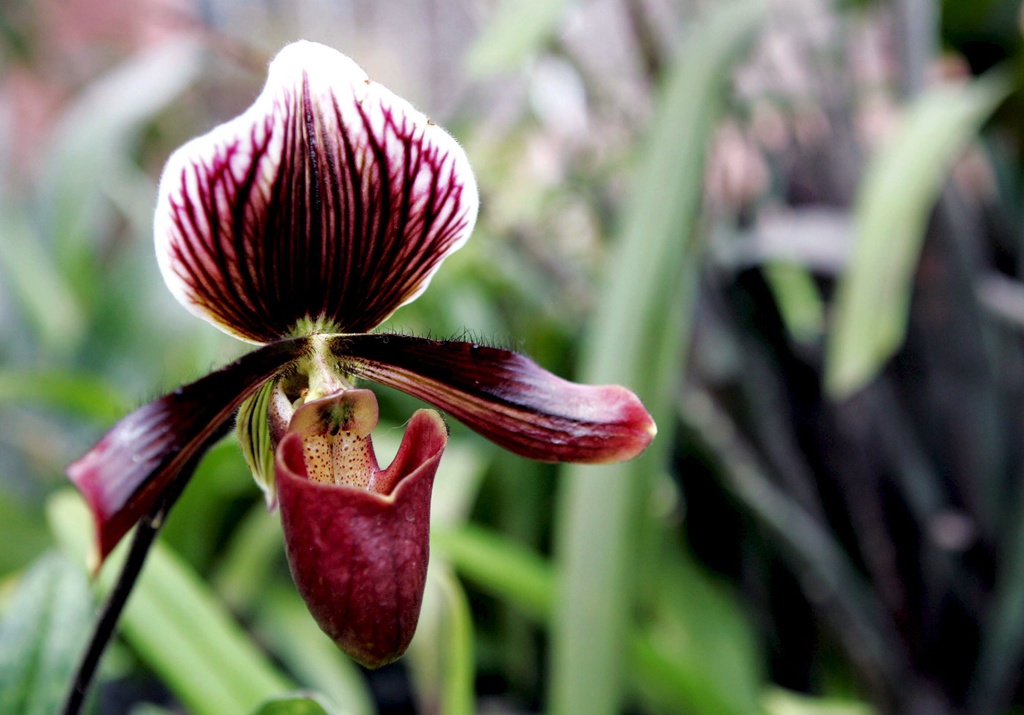
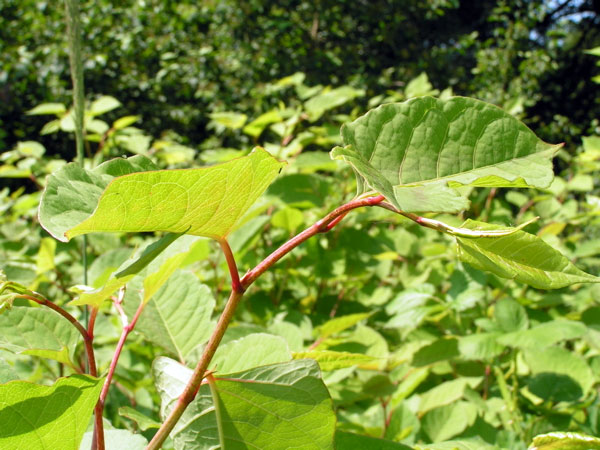
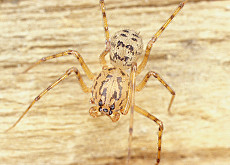
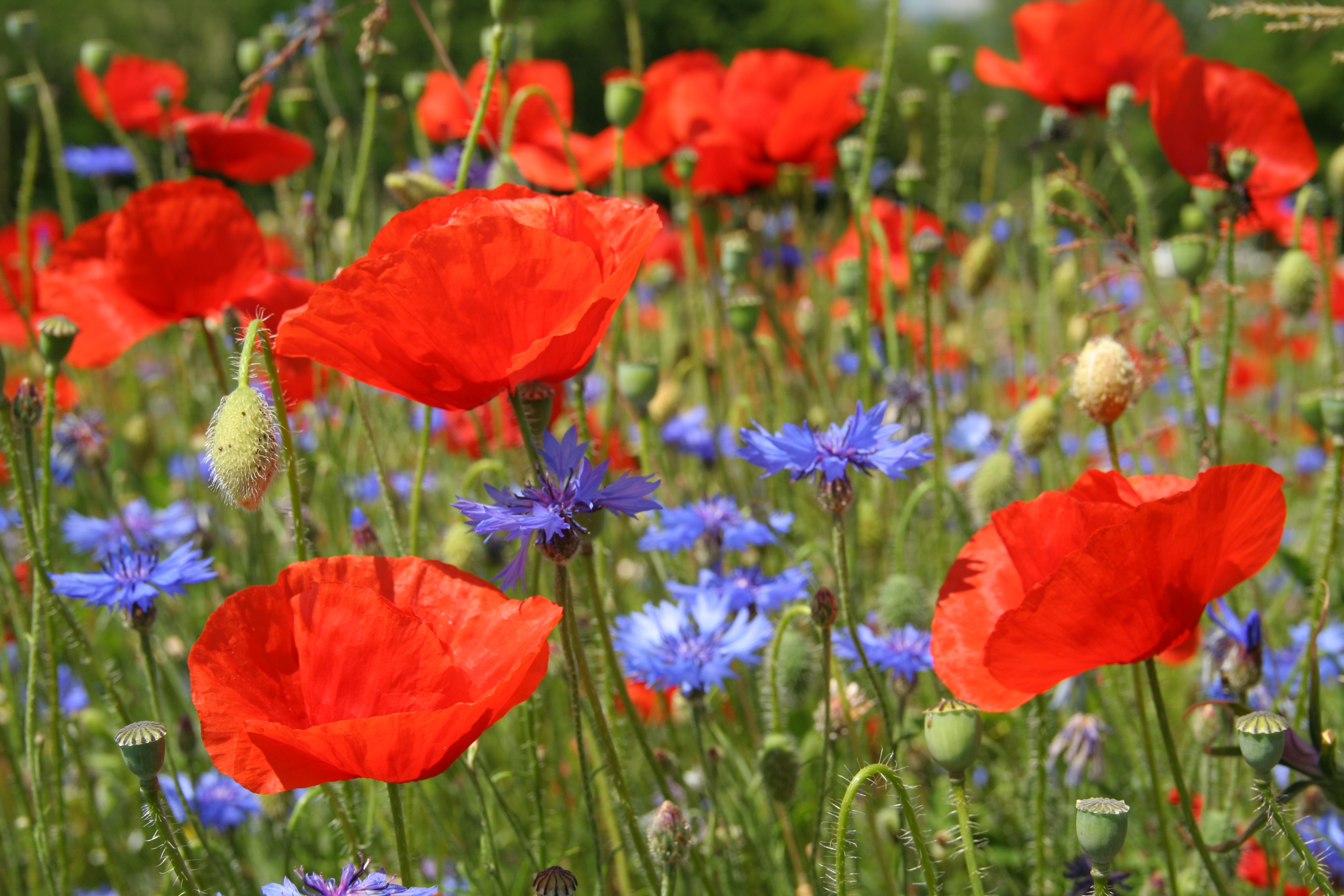
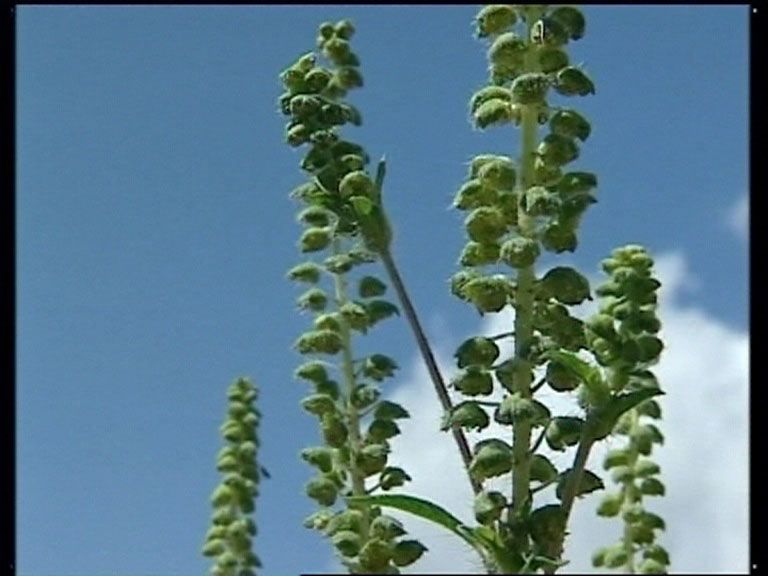
You can find an overview of ongoing debates with our journalists here. Please join us!
If you want to start a conversation about a topic raised in this article or want to report factual errors, email us at english@swissinfo.ch.